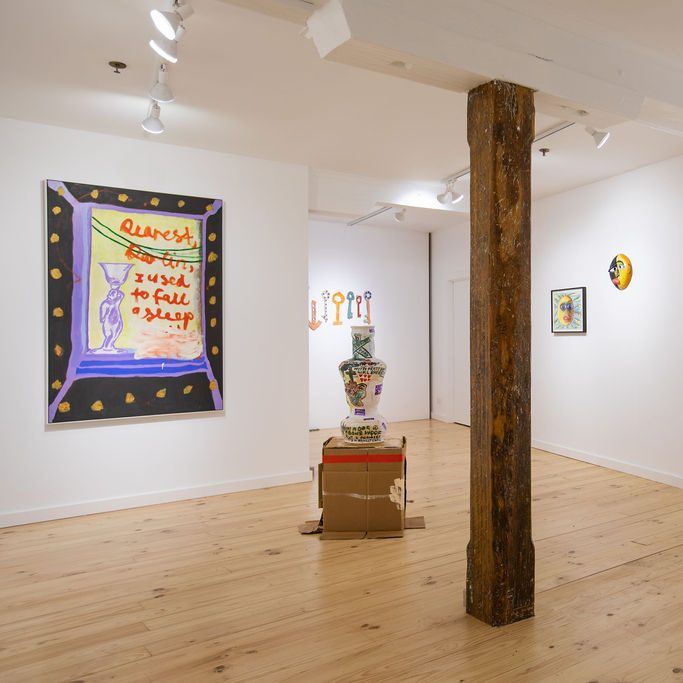About
SOCIAL is SAC’s multi-modal space, opening onto Salamanca Place.
SOCIAL stands on the land of the traditional owners, the palawa people and we pay respect to Elders, past and present. SOCIAL aims to bring our community together through a celebration of culture. This multi-modal space is for experimentation, play and discovery.
Located at 67 Salamanca Place, this accessible and centrally located space opens onto Salamanca Place.
Where
SOCIAL
67 Salamanca Place
Hobart 7000
Accessibility
Accessible Toilet
Registered Assistance Animals welcome
Wheelchair Accessible
Key Features
Ground floor
Accessible ramp
Light filled space
Gallery lighting throughout
Solo & Duo Artists
Group Exhibitions
Venue Hire Rates
for Exhibitions
General Exhibitions / SAC Associate Members
$168 per Day / $757 per Week
Not for Profit / Educational Institutions / Schools
$190 per Day / $855 per Week
Commercial Galleries / Government Departments
$240 per Day / $1,080 per Week
for Workshops / Events
$190 per Day
All prices are inclusive of GST and are effective from 1 January 2025.
*Venue Hire Rates will increase as of 1 January 2026.
For details of 2026 Venue Hire Rates, please refer to the SOCIAL Information Kit / Conditions of Hire (PDF)
Applying for SOCIAL: 2026 Calendar
Salamanca Arts Centre assesses applications for SOCIAL twice annually, with application rounds occurring in April and September each year, with Special Applications Round (in the event of a cancellation) if required.
**Applications for the 2026 Calendar are now CLOSED**
Assessment are underway and we aim to contact all applicants with outcome in mid May 2025.
Availability
SOCIAL is fully booked until mid April 2026.
**Applications for the 2026 Calendar are now CLOSED**
Assessment are underway and we aim to contact all applicants with outcome in mid May 2025.
If you would like to be notified when applications open for 2027 or when dates become available due to a cancellation, please sign up to our alert list.
